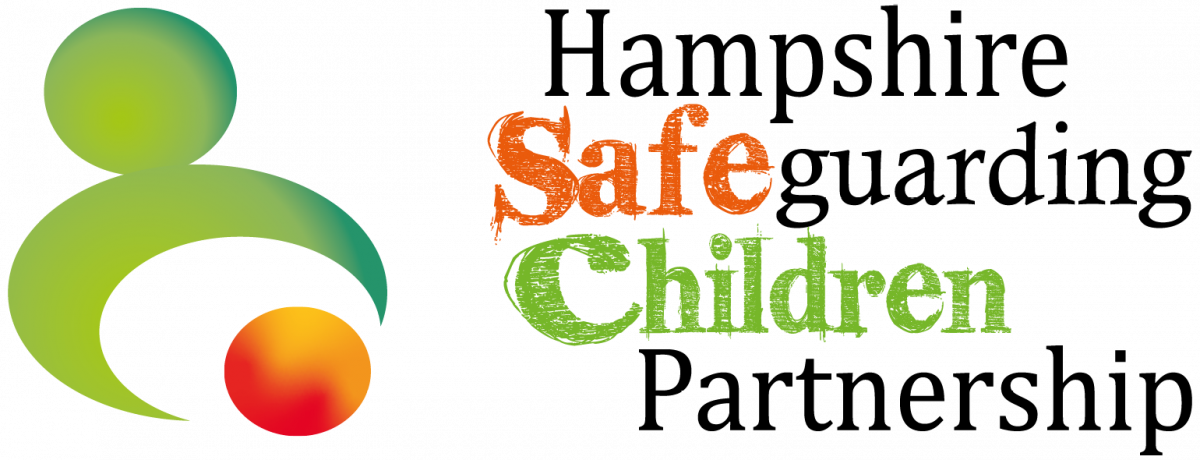Identification
There is often no single or combination of indicators that signify that a child is being sexually abused. Signs and indicators of sexual abuse may also be indicative of other forms of harm and abuse a child may be experiencing. Children who are sexually abused often experience co-existing forms of maltreatment, such as neglect, physical abuse and emotional abuse. As a result, signs of sexual abuse are often missed or dismissed, and children who have not told anyone about their abuse continue to be at risk.
To intervene effectively with sexually abused children, professionals need to be able to ‘build a picture’ of their concerns – not only the signs and indicators associated with the child themselves, but also the potential indicators of grooming and abusive behaviour by the perpetrator. Additionally, some factors within the child’s family, social network and environment may increase opportunities for abuse to occur.
Professionals should remain curious when working with children and families and be prepared to ‘think the unthinkable’. They have a responsibility to raise concerns when child sexual abuse (CSA) is suspected and to seek appropriate support and supervision. The use of evidence-based toolkits and resources, supported by training, can further support practitioners to take the most appropriate action.
It is important that different agencies views are sought when CSA is recognised and reported to ensure a robust and triangulated response to the referral.
The ongoing process of identification
The findings from research and the Independent Inquiry into Child Sexual Abuse (IICSA) show the gradual approach that abusers take in normalising their behaviours with victims. Professionals should remain curious even when tools or resources do not conclude that harm is occurring. They should be vigilant to the possibility that abuse is occurring or that the child, or their family, are being groomed to facilitate abuse taking place. It is essential that professionals make use of supervision and other professional support to reflect on the experiences of a child and the concerns they or others may have.
Disclosures
Whilst only one in five children will disclose sexual abuse when it is happening, some children say that they are trying to disclose their abuse when they show signs or act in ways that they hope adults will notice and react to. This is particularly important for children who face additional barriers to disclosure because of their age, disability, gender, ethnicity and/or sexual orientation.
Practitioners should be mindful that non-recent sexual abuse can impact on the indicators and behaviours detailed in identification and assessment. Cases of suspected non-recent CSA must be taken seriously by agencies and appropriately reported to those agencies responsible for undertaking investigation.
Partner organisations should ensure that staff are sufficiently trained and confident in creating opportunities and a safe environment for children to disclose, and it is essential that children and their families receive appropriate support following disclosure. All professionals need to follow Working Together to Safeguard Children 2018 and ensure that appropriate contacts are made with children’s services with a view to multi-agency assessment whenever risk of significant harm is identified.
